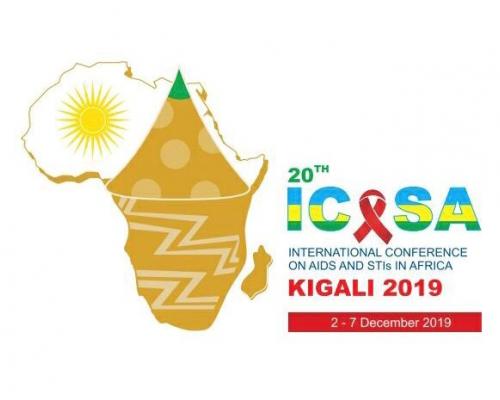Noncommunicable diseases (NCDs), also known as chronic diseases, are not passed from person to person. They are of long duration and generally slow progression. The four main types of noncommunicable diseases are cardiovascular diseases (like heart attacks and stroke), cancers, chronic respiratory diseases (such as chronic obstructed pulmonary disease and asthma) and diabetes.
Noncommunicable diseases (NCDs) represent the leading cause of death globally. In 2015, NCDs were responsible for 40 million (70%) of the world's 56 million deaths, with 27% (15 million) dying prematurely (between the ages of 30 and 70); over 80% of these premature deaths occurred in low- and middle-income countries.
WHO estimates that deaths from noncommunicable diseases (NCDs) are likely to increase globally by 17% over the next 10 years, and the Region will experience a 27% increase, that is 28 million additional deaths from these conditions which are projected to exceed deaths due to communicable, maternal, perinatal and nutritional diseases combined by 2030.
In some African countries, such as Mauritius, Namibia and Seychelles, NCDs cause over 50% of all reported adult deaths. This implies that NCDs will soon be a leading cause of ill health, disability and premature death in the Region, and will have an adverse impact on socioeconomic development.
The four main risk factors for major NCDs are
tobacco use;
physical inactivity;
harmful use of alcohol;
unhealthy diet.
These risk factors, acting singly or in combination, significantly contribute to common NCDs and related conditions.
The risk factors for NCDs that influence individuals, households and communities are driven by social and economic determinants that exist outside the domain of the health sector. These include poverty, globalization, trade, education, urbanization, climate change, employment conditions and gender disparities among others
Progress in implementing comprehensive NCDs strategies and policies has been hampered by fragmented, scarce and lack of resources. Scarce resources and lack of policies and strategies for controlling NCDs are key challenges in the Region.
Legislation will be a key element and all government departments, nongovernmental organizations and the private sector should work together to strengthen the proposed organization of care for NCDs at the primary, secondary and tertiary health care level and ensure a comprehensive approach to the problem.
WHO supports Member States to develop and implement comprehensive and integrated policies and strategies for the management of the main chronic noncommunicable diseases. These include: cardiovascular diseases, diabetes, cancer, oral health, chronic respiratory diseases and sickle cell diseases.
Related Links
Fact sheets on noncommunicable diseases


